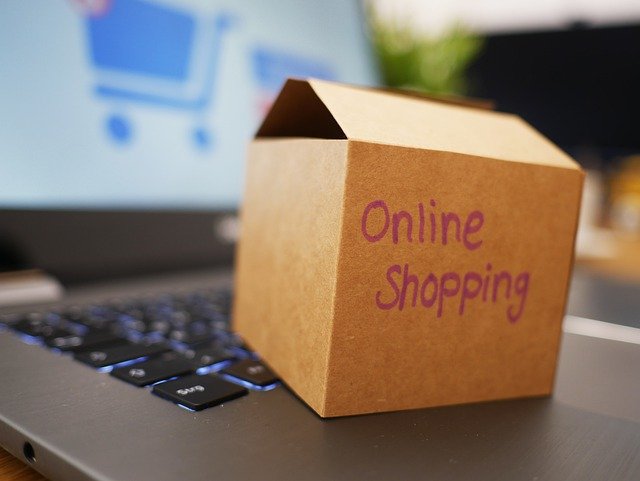Do you know of a service that is more than 10 years old, has brought significant revenue to a company, and has country-specific programs that are part of a single company? The answer is Amazon Prime. I shed light on what the program means to Amazon and how it came to be.
How did Amazon Prime get started?
At launch in 2015, free two-day shipping for $79 per year was the main component. It took 6 years before Amazon raised the price to $99 per year for U.S. customers. Standard shipping took about 5 days in the early days. Prime is now available in the United States, United Kingdom, Spain, Japan, Italy, Germany, France, Canada, Austria and Belgium.
What is Prime’s purpose?
Jeff Bezos created it to drive consumer spending. This is driven by the fact that customers are able to get items delivered to your location much faster. This created a coveted network effect to increase the reconsumption rate.
What about the numbers?
According to research from Consumer Intelligence Research Partners, Prime members spend an average of $1,500 per year, compared to non-members who spend about $625 per year.Also, 73% of Prime customers said they shop at Amazon at least two to three times a month, compared to only 22% of non-Prime customers.
The longer people have been Prime members, the more they spend: 41% spend more than $800 a year in their first year of membership, compared to 68% of Prime members with more than four years.
More U.S. households have an Amazon Prime membership than those that decorate a Christmas tree, own a pet or go to church.
Scott Galloway
What are the challenges?
Amazon Prime also contributes to Amazon’s biggest expense – logistics. 2015 was the first year Amazon’s total shipping costs exceeded $5 billion. This is one of the reasons Amazon is tackling Flex, Prime Now and planes. Amazon can’t afford to take away Prime, as those customers might migrate to other marketplaces or online retailers.
What does the Amazon Prime membership entail?
For the first six years, Prime was all about shipping. Then, in 2011, Amazon decided to add a service that had nothing to do with shipping at all: unlimited video streaming became another perk of Prime.
Instead, this odd combination – which now also includes music streaming, an e-book library and photo storage – has been an unmitigated success. Prime Gaming is also new to the offering. The seemingly random hodgepodge of Prime, it turns out, is a finely tuned engine that drives the consumption of physical and digital goods in a seemingly unstoppable cycle.
But the additional Prime services now seem to be more than a driver for people to buy more physical things on Amazon. Not to mention the items which are compatible with Prime, such as the Fire Stick. In one survey, 10% of Prime members said they signed up primarily for the videos.
Netflix produces original shows and movies to get more people to pay to watch its videos. Amazon produces original shows and movies to get more people to pay to watch its videos – and to get them to buy toilet brushes, detergent, shoes, and diapers sooner.
How is the content perceived?
Viewed individually, each service represents some value and provides strong customer loyalty. The math seems to add up. A streaming video membership to Netflix costs $96 per year. A membership to Spotify costs $120 per year. A terabyte of storage at Dropbox for photos also costs $120 a year. Then there’s the free, fast shipping on certain items on Amazon.
The birth of Amazon Prime
In 2005, Jeff Bezos announced Amazon Prime. “It’s simple,” he wrote in a letter posted on Amazon.com. “For a flat annual membership fee, you get unlimited two-day shipping for free.” It’s funny to look back and see how Bezos built a little marketing trick right into the product launch – shipping isn’t really free if you pay a fee, after all.
Amazon Prime was initially codenamed Futurama. And it started with the frustration of software engineer Charlie Ward, who found Amazon’s free shipping offer – then called Super Saver Shipping – annoyingly complex, both on the back end and for customers, who had to reach a minimum of $25 on each order to qualify for the perk and then had to wait eight to 10 business days for their shipment.

